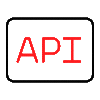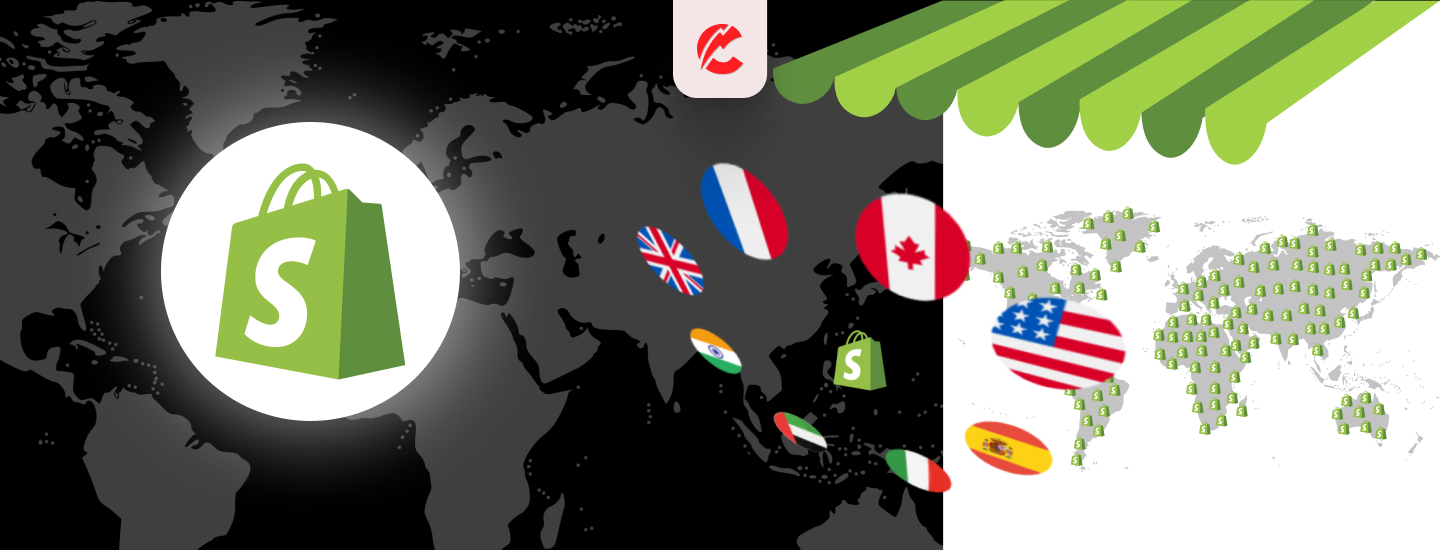Selling globally means thinking locally. Across the last six blog posts, we explored how to build Shopify experiences that adapt to culture, currency, compliance, and customer expectations.
Here’s a quick recap of everything covered:
✅ Blog 22: How to Localize Your Shopify Store for US, UK, CA & AU
- Shopify Markets setup
- Language, culture, and domain localization
✅ Blog 23: Currency, Tax, and Shipping Rules by Region
- Multi-currency best practices
- Tax automation and regional shipping zone setup
✅ Blog 24: Country-Specific SEO & Product Copywriting
- Keyword localization
- Spelling and tone adjustments per country
- Tools like Langify, Smart SEO, Translate & Adapt
✅ Blog 25: Legal & Policy Page Compliance
- GDPR, CCPA, TGA, Health Canada
- Accessibility and bilingual content (Quebec)
✅ Blog 26: Handling Returns & Refunds Across Borders
- Return portals and region-based refund rules
- Smart apps for automation: Loop, Return Prime, AfterShip
What You Gain With Proper Localization:
- ⚡ Increased trust and conversions
- 🌍 Broader market reach with better UX
- ✅ Legal and tax compliance by country
- 🔄 Lower return rates via localized expectations
Whether you’re a D2C fashion brand or a B2B product supplier, localization isn’t optional — it’s a competitive edge.
Need help implementing these strategies across your Shopify storefront? Talk to the CommerceBolt team.













